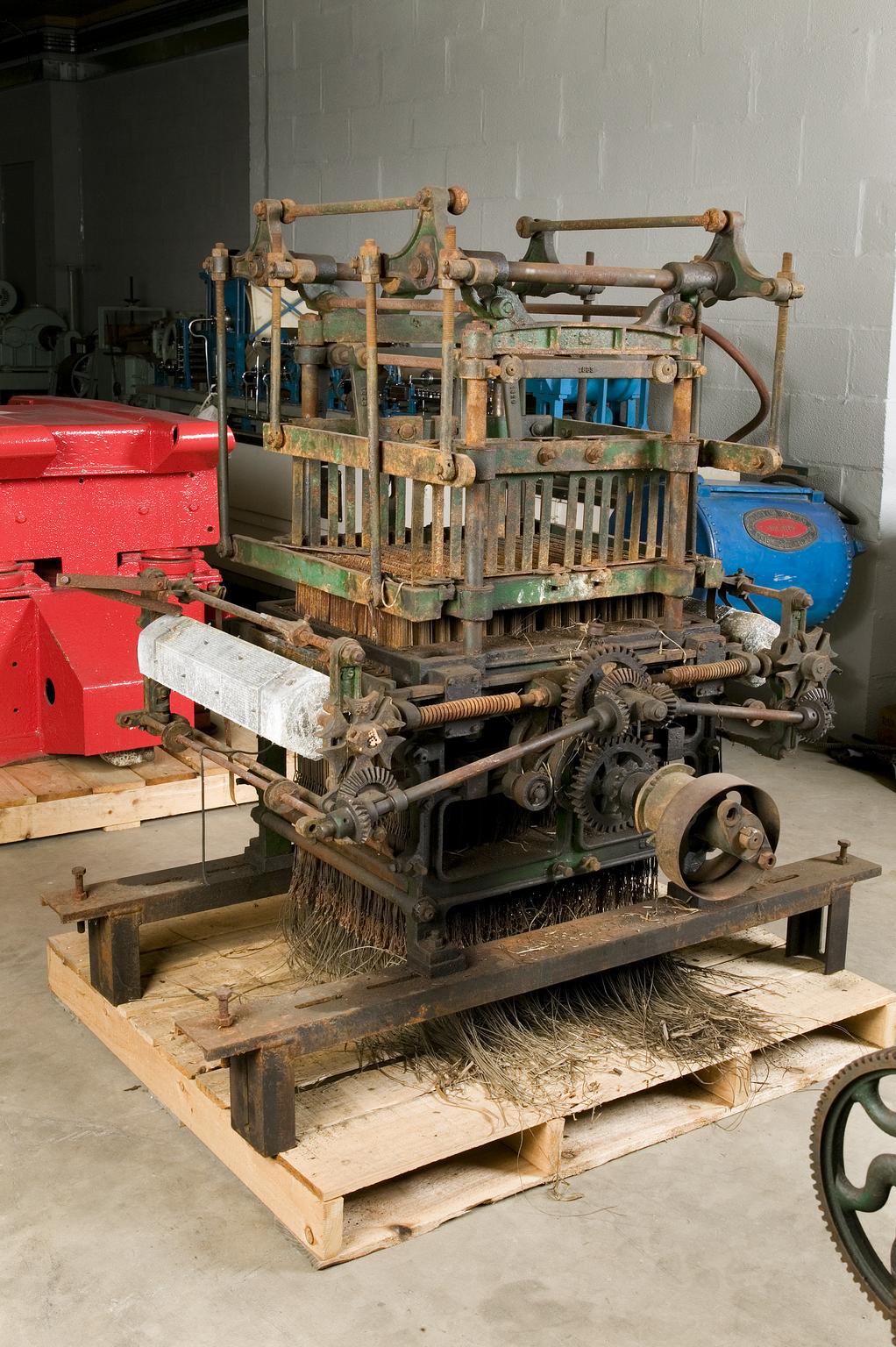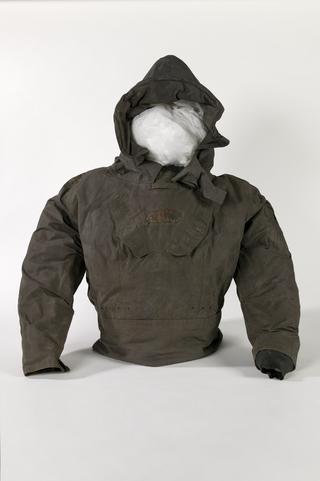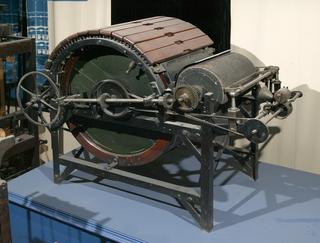
Bed of Jacquard loom made by Butterworth & Dickinson Ltd
Bed of Jacquard loom made by Butterworth & Dickinson Ltd, Burnley, and used for weaving the nose cones for Concorde aeroplanes.
More
In the face of global shifts in cotton manufacturing, Lancashire’s cotton industry adapted to produce new materials. In the 1950s, Fothergill and Harvey in Rock Nook Mill, Littleborough, Rochdale, began using looms that previously produced calico cloth to make fibreglass, which they supplied to the aviation industry for use in the manufacture of supersonic aircraft.
From the 1820s, workers in Manchester’s mills used steam-powered looms like this to weave cloth. They were so widespread across Lancashire that they became known as 'Lancashire looms'. The Jacquard head attachment on the top of this Lancashire loom acted as a programming system. Interchangeable cards with small, punched holes give instructions to control which warp threads are raised to allow the weft thread to pass under them.
By the mid-1900s new, synthetic materials were emerging. One such material was fibreglass. To make this new strong, lightweight, fire-resistant, non-conductive material, small glass fibres are either arranged randomly in a sheet of plastic or resin or woven into a cloth before being coated in polymers or plastic.
Fothergill and Harvey saw an opportunity to use decommissioned cotton looms in a time when Britain's cotton industry was declining due to competition from overseas manufacturers and the development of man-made fibres. Using adapted factory machinery, they became the leading weavers and knitters of glass fibre.
Because the properties of fibre glass allow it to withstand supersonic speeds and extreme environmental conditions, it had its uses in the aviation industry. Fothergill and Harvey used this loom to manufacture fiberglass that was used on the nose cones of two well-known aircraft, the English Electric fighter aircraft Lightening and the iconic joint French-British project Concorde.
- Measurements:
-
Overall: 1400 mm x 1500 mm x 1900 mm, 560 kg
- Materials:
- wood (unidentified) , metal (unknown) and cotton (fibre)
- Object Number:
- Y1990.5.1
- type:
- jacquard loom bed
- Image ©
- The Board of Trustees of the Science Museum












